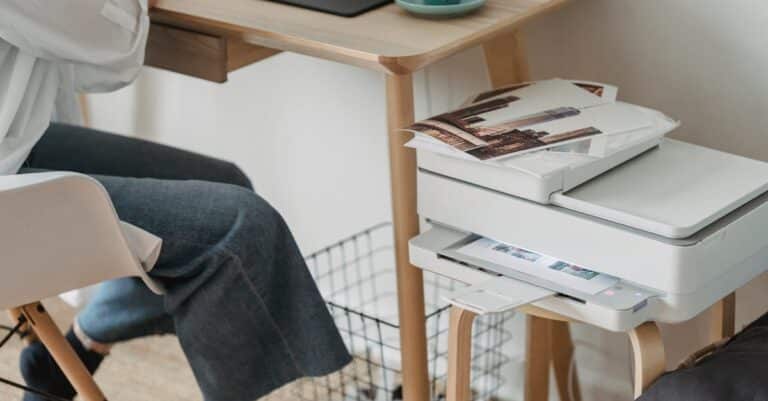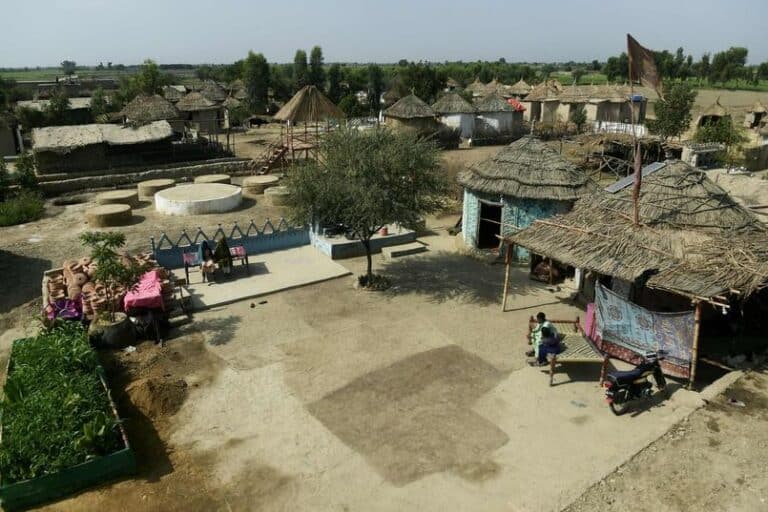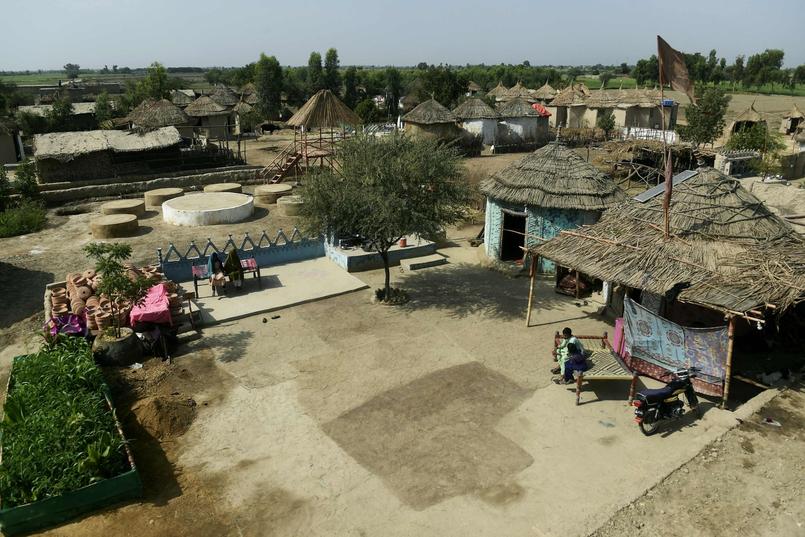Imagine a world where every 3D print respects our planet.
A revolutionary innovation is transforming our manufacturing habits.
Discover how recycling can become the new norm.
In this context, Fiona Bell, a postdoctoral researcher at the University of New Mexico, has created an unprecedented recipe book titled “Biomaterial Recipes for 3D Printing”. This cookbook offers sustainable alternatives to traditional plastics, using recycled materials such as used egg shells, orange peels, and wood dust. By exploring bio-local waste, the book encourages creativity and experimentation at home. Each recipe details the necessary ingredients and methods for creating functional and environmentally friendly objects.

Table of Contents
ToggleIntroduction to Sustainable 3D Printing
The 3D printing has revolutionized the way we design and manufacture objects, offering unprecedented flexibility and opening the door to a multitude of innovative applications. However, this technology is often associated with intensive plastic use, posing significant environmental challenges. It is in this context that researchers like Fiona Bell, a postdoctoral fellow at the Hand and Machine Lab at the University of New Mexico, are striving to redefine the foundations of 3D printing by proposing more sustainable and environmentally friendly alternatives.
Sustainable Ingredients: A New Approach
Rather than relying on traditional materials like plastic, Fiona Bell has developed a sustainable recipe collection titled “Biomaterial Recipes for 3D Printing: A Cookbook of Sustainable and Extrudable Bio-Pastes”. This book offers innovative recipes using common waste such as orange peels, wood dust, and tree leaves. By integrating these recycled materials, Bell demonstrates that it is possible to transform organic waste into usable substances for 3D printing.
This approach not only reduces the carbon footprint associated with plastic production but also encourages a circular economy where resources are reused efficiently. Furthermore, the use of local materials, such as cotton leaves sourced from the University of New Mexico campus or wood dust from a local workshop, enhances the community and sustainability aspect of these initiatives.
The Benefits of Using Recycled Materials
The use of recycled materials in 3D printing presents numerous advantages. First, it helps reduce waste by reusing products that would otherwise end up in landfills. Furthermore, these materials often possess unique properties that can be exploited to create innovative and customized objects. For example, used egg shells act as stabilizing agents, providing additional strength to printed objects.
Additionally, these eco-friendly alternatives reduce dependence on fossil resources, thereby promoting a more environmentally friendly production. This transition to sustainable materials is essential to ensure the longevity of 3D printing in a world increasingly aware of environmental issues.
Creation Process of Bio-Pastes for 3D Printing
The creation of bio-pastes suitable for 3D printing requires a deep understanding of the properties of the used materials. As part of her project, Fiona Bell experimented with various ingredients to determine optimal combinations of stabilizers, binders, and liquids. Stabilizers, such as sand or egg shells, provide the necessary stability during the printing process. Binders, like wheat flour or gelatin, ensure the cohesion of the materials, while liquids, such as water, transform the mixture into a homogeneous paste.
This process also involves rigorous testing to assess the decomposition of printed objects. Bell found that objects made from these bio-pastes decompose in soil within 60 to 90 days, thus providing a truly sustainable solution. These findings show that it is possible to create environmentally friendly printed objects without compromising quality or functionality.
Practical Applications of Sustainably Printed Objects
The practical applications of sustainably printed 3D objects are vast and varied. In her book, Bell offers recipes for making compostable flower pots, birdhouses, vases, and many other useful everyday objects. Each recipe includes detailed instructions and information on decomposition time, allowing users to create both functional and ecological objects.
These applications extend beyond the domestic sphere. They also encompass more ambitious projects, such as concrete construction reinforced by 3D printing or the creation of portable strain sensors using flexible hydrogels. To learn more about these innovations, you can check articles such as 3D printing innovation in concrete construction or one-step 3D printing of flexible hydrogels based on polyacrylamide-co-acrylic acid.
Challenges and Solutions in Eco-Friendly 3D Printing
Despite promising advancements, eco-friendly 3D printing still faces several challenges. One of the main hurdles is the variability of recycled materials, which can affect the quality and consistency of printed objects. To address this, Bell and her team have developed rigorous testing protocols and recipe adjustments, ensuring optimal reliability of bio-pastes.
Another challenge lies in raising awareness and educating users. Many are not familiar with using alternative materials and may be hesitant to adopt new methods. Bell’s book plays a crucial role by providing clear and accessible instructions, allowing a broad audience to engage in sustainable 3D printing. Furthermore, by documenting the failures and successes of her recipes, Bell offers a valuable resource for those looking to experiment and innovate.
Future Perspectives for Sustainable 3D Printing
The future perspectives for sustainable 3D printing are extremely promising. With the growing awareness of environmental issues, there is an increased demand for eco-friendly manufacturing solutions. The research conducted by Bell and her team paves the way for a new era where 3D printing can be both innovative and respectful of the planet.
By integrating bio-sourced and recycled materials, the 3D printing industry can reduce its reliance on plastics and minimize its environmental impact. Moreover, this approach fosters a circular economy, where waste is reused effectively and sustainably. To maintain this momentum, it is essential to support research and development in this field, encouraging collaborations between researchers, industry, and local communities.
Finally, initiatives such as those implemented by the Hand and Machine Lab demonstrate that it is possible to reconcile cutting-edge technology with environmental respect. By continuing in this direction, sustainable 3D printing could become the norm, radically transforming our way of producing and consuming.
The future of 3D printing is closely linked to our ability to adopt more sustainable practices. Through innovative initiatives like those of Fiona Bell, we can envision a future where technology and ecology coexist harmoniously, paving the way for responsible and environmentally friendly manufacturing solutions.
















